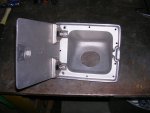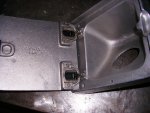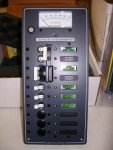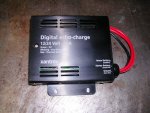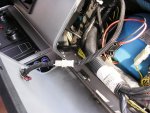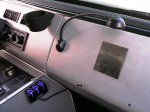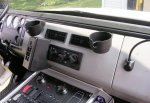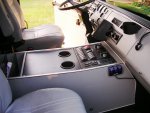rlrenz
Explorer
Not getting much ambulance stuff done right now - she's in the shop for a rear brake overhaul. I was driving it on Sunday, and started smelling brakes. When I got home, I found that the right rear disk brake was dragging. I figured it was probably time for an overhaul, and parts are winging (literally...) their way here. I had some fun on Saturday, through - my wife and one of her friends had driven to a shower of some sort, and she asked me to pick her up at about 12:30. I did what anyone with an ambulance would do - I picked her up in the ambulance. She walked out and saw it sitting there with the various lights all doing their thing (no red or blue,but plenty of white lights). She asked me if I had hit the lights so she would be able to find it parked along the curb - Yup!
In other news, I've been stocking up on electrical components for the module. Blue Sea marine equipment is well made, and I picked up an AC and a DC panel, along with several rolls of marine wire. I can buy wire by the foot from a marine dealer, but they are 20 miles away in the heart of road construction, so I just bought several 100 ft rolls from an on-line supplier.
Some of my leftovers are now headed to a volunteer fire department in northern MN. I don't have any use I can think of for the IV bag heater and the Thomas suction pump, so off they went. Too good to throw away, and not good enough to keep, plus nothing similar on EBAY. I still have to find someone who needs an ambulance attendant's seat, though.
In other news, I've been stocking up on electrical components for the module. Blue Sea marine equipment is well made, and I picked up an AC and a DC panel, along with several rolls of marine wire. I can buy wire by the foot from a marine dealer, but they are 20 miles away in the heart of road construction, so I just bought several 100 ft rolls from an on-line supplier.
Some of my leftovers are now headed to a volunteer fire department in northern MN. I don't have any use I can think of for the IV bag heater and the Thomas suction pump, so off they went. Too good to throw away, and not good enough to keep, plus nothing similar on EBAY. I still have to find someone who needs an ambulance attendant's seat, though.



